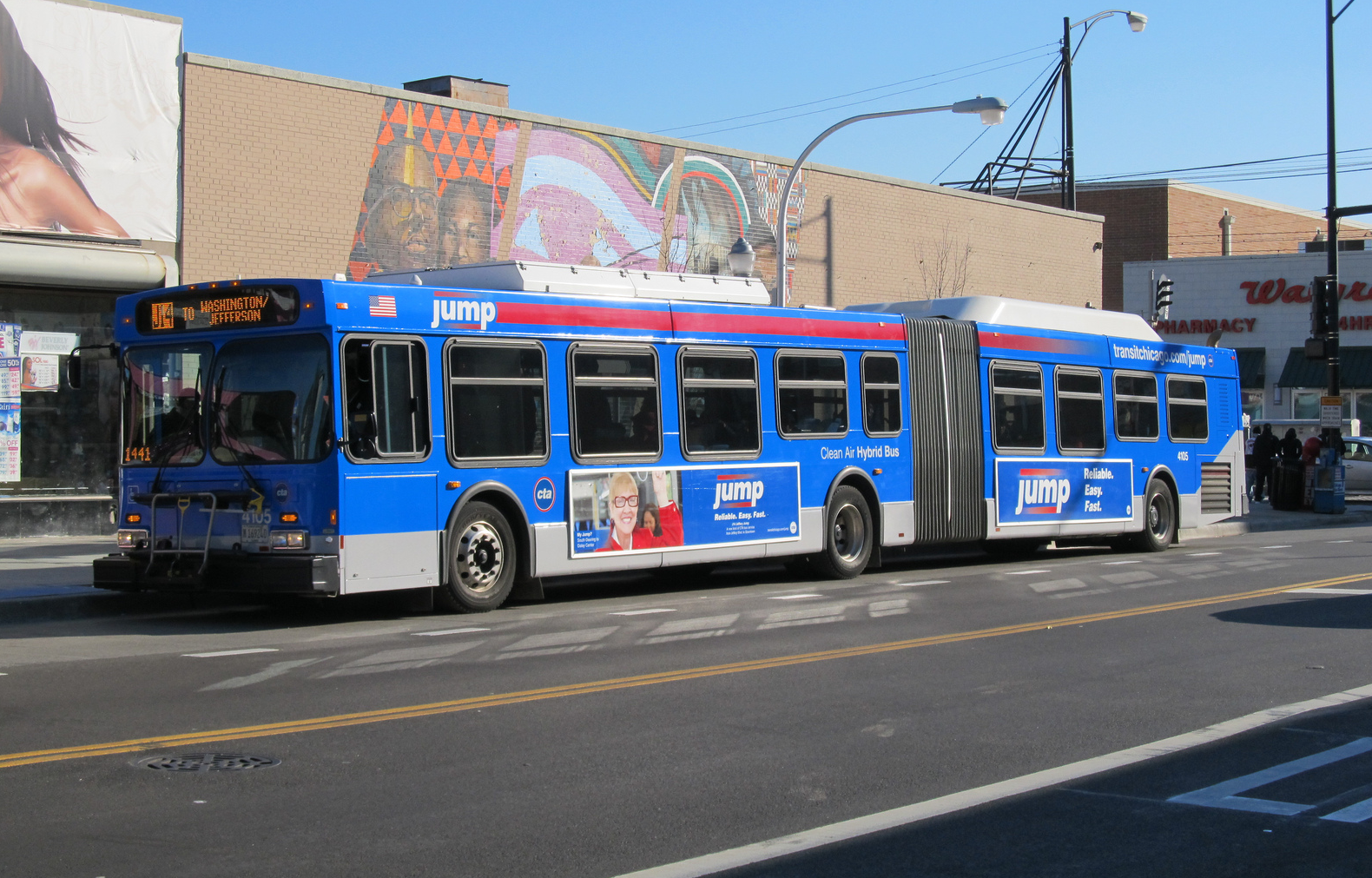In 2013 City Council passed Chicago’s first transit-oriented development ordinance, which halved the number of required on-site parking spots at new developments near transit stations – previously a 1:1 ration was mandated. In 2015 the Council beefed up the ordinance by essentially eliminating parking requirements near ‘L’ and metra stations, and doubled the size of the TOD zones.
Many have argued that the resulting TOD boom has been at best a mixed blessing. While the legislation has encouraged the construction of dense, parking-light housing near transit, most of the new buildings have been upscale apartment or condo buildings in affluent or gentrifying neighborhoods. Particularly in Logan Square, the new crop of high-end TODs along the Blue Line, generally with 10 percent on-site affordable units, have been blamed for accelerating gentrification and displacement of longtime residents.
For better or for worse, the city is ready to increase the amount of land that’s available for transit-oriented development. On Friday Mayor Rahm Emanuel announced a proposal to expand the TOD ordinance again to include high-ridership, high-frequency CTA bus routes. The city says that this would make Chicago the first U.S. city to pursue such a policy.
“Chicago has been a national leader in transit-oriented development, and expanding the policy to bus lines will strengthen smart growth in the city,” Emanuel said in a statement. “We look forward to continuing to work closely with communities to enhance the way we live, work and get around Chicago.”
Over the next six months, the city and the CTA will study possible strategies to encourage TOD along busy bus routes, focusing at first on Western, Ashland, Chicago Avenue and 79th Street. These four routes experience ridership that meets or exceeds areas of the Blue, Orange, Green and Pink lines, according to the CTA. Special attention will be paid to key bus-bus and bus-train transfer locations.
The study will include input from aldermen and community organizations, and the city claims it will have an eye on equity issues when developing the new TOD policy. The city's announcement states that a goal is to create “right-sized TOD incentives for different segments of high ridership corridors to promote equitable development along all segments of the corridor.” The study will also look at creating “incentives to support affordability and allow all residents of communities with TOD to share in the benefits of new development.”
Emanuel plans to introduce a bus-line TOD ordinance next year based on the findings of the six-month study.
The city states that since the TOD ordinance was strengthened in 2015, there has been over $2 billion in development near transit stations, creating 11,000 construction jobs and 8,000 new housing units. Developers of projects with ten or more units have been required to either include affordable units onsite, or else take the cheaper route of paying into the city’s affordable housing fund. A recent Chicago Tribune investigation found that the housing fund is mostly being used to build affordable units in low-income neighborhoods, which exacerbates Chicago’s segregation problem.
Under the Emanuel administration, the city has made improvements to some bus lines. In 2012 the CTA dipped it’s toe in the water of bus rapid transit by creating the Jeffery Jump route, which connects the South Side to downtown, with a few BRT-style elements, such as a few miles of rush-hour bus-only lanes. The Loop Link BRT corridor launched downtown in late 2015 with additional features, including raised boarding platforms. In 2015, the CTA reintroduced express bus service along Ashland and Western, and last year the agency added service to six South Side bus routes.
47th Ward alderman Ameya Pawar, who has supported progressive transportation strategies in his ward, such as the Berteau Greenway and the Lawrence Avenue road diet, is endorsing Emanuel’s plan, and Center for Neighborhood Technology head Scott Bernstein is also giving it his blessing.
“We’re especially pleased at the City’s willingness to reward development of affordable housing near high-frequency bus service locations,” Bernstein said.





